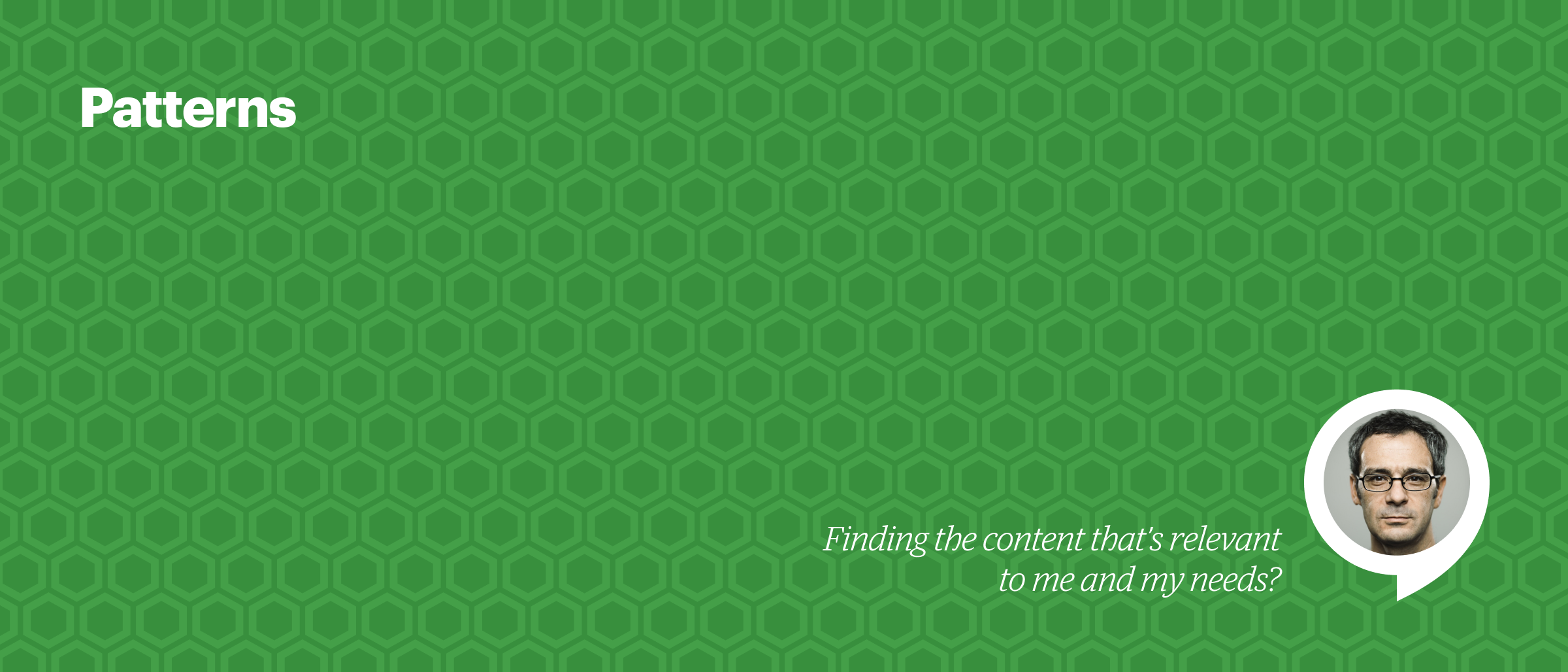Website
Digital Experience

Our websites play a key role in attracting, engaging, and converting new customers – and servicing our existing ones. They’re the digital front door to the Bank where our customers learn about us and what we have to offer.
It’s important that all teams are aligned in this pattern approach because consistent experiences build trust and credibility for us as a business.
What makes a great website experience?
Useful
Providing customers with information at the right stage of their journey. We need to make sure we don’t overwhelm them with choices that distract them from their task. To achieve this you need to be clear on your objectives and think about whether you are:
Logical
Presenting information to our customers that is structured in a way that makes sense, and progressively displaying information to support the task the customer is here to achieve.
Consistent
Ensuring every page on the website provides a seamless customer experience, with a consistent design experience and tone of voice throughout.
To align our teams on delivering website experiences, we’ve created a set of page patterns built on the AEM platform.
“Using the patterns will save you time and effort. You’ll gain speed to market and you’ll contribute to a more consistent customer experience.”
What are page patterns?
Page patterns indicate the type of content that is most relevant to the purpose of the page.
Page patterns must be used faithfully as designed, to create consistent experiences that scale with the AEM platform, and optimise delivery cadence.
Page patterns help you work smarter
The website page patterns have been designed in response to improving production efficiency and creating design standardisation across the business. Using the components as is ensure our teams deliver pages with consistency, speed and accuracy.
Improves customer experiences
Increases speed to market
How to apply the page patterns
Once you have defined your objectives and have a clear purpose you can....
Step 1 – Determine the relevant page pattern
Select the page pattern that will best support your goal. Each page pattern has a primary purpose which will help you identify this.
Step 2 – Prepare your content
Referring to the page pattern and using the Digital Writing Guidelines, you can prepare your content. The page pattern will help you understand your content needs and the flow of your message.
Step 3 – Create your design
Reviewing the page pattern and the possible configurations, start to apply your content. This should align to the page pattern instructions. This will help you to create a logical flow to your message.
Identify the single objective on the page and align the primary messaging and call to action (CTA) to this objective. There should be only one primary CTA per page.
Be concise with the amount of information you’re putting on a page.
Step 4 – Review your proposed page
Once you have a high level page design and copy, you should have your risk and compliance reviews. You should then bring your proposed page to the AEM Design Clinic for review to ensure you've adopted the page patterns and writing guidelines as intended.
Step 5 - Create the page
Once all reviews are complete, the Producers can create the page in AEM.
Getting support
How to get support and have your work reviewed.